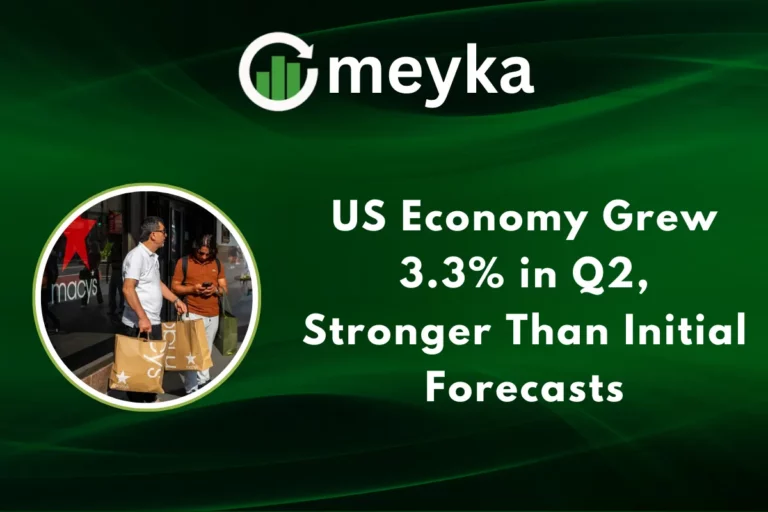Tesla Cybertruck Program Head Siddhant Awasthi Leaves Company After 8 Years
In a surprising move, Tesla, Inc. (NASDAQ: TSLA) announced that Siddhant Awasthi, head of the Cybertruck programme, is leaving the company after over eight years of service. His departure arrives amid mounting pressure on Tesla’s vehicle business, making this a moment worth attention for those in the stock market and doing stock research.
Background: Awasthi’s Journey at Tesla
Awasthi began as an intern with Tesla and worked his way up through engineering and program management roles. In recent years, he was responsible for overseeing the development and production ramp of the large electric pickup truck, the Cybertruck, and also took leadership of the Model 3 programme last summer. His LinkedIn farewell post reflected pride in his journey: “Eight years ago, when I started as an intern, I never dreamed I’d one day have the opportunity to lead the Cybertruck programme and bring it to reality.”

His departure comes at a time when Tesla has faced several challenges in the vehicle business, especially around the Cybertruck’s slower-than-expected sales, quality concerns and inventory build-up.
Why the Departure Matters
From an investor’s perspective, the news of Awasthi’s exit is significant for several reasons:
- Leadership change at a high-profile programme. The Cybertruck was meant to be Tesla’s bold next step in electric vehicles, and the lead leaving signals possible internal rethinking.
- Symbol of programme trouble. As reports highlight, the Cybertruck has not met the lofty production goals that Tesla originally set. Some reports show annualised sales far below targets.
- Impact on market sentiment. In the era of growth and hype, especially for companies tied to innovation, such as Tesla, the departure of an executive tied to major milestones can weigh on investor confidence, especially for those tracking Tesla as a growth stock or part of the AI-stocks and tech-led narrative.
The Broader Context Around Tesla
How this change relates to the bigger picture around Tesla and its stock is also worth examining.
Sales & Production Shortfalls
While Tesla reported strong deliveries in Q3 2025, largely driven by a rush to grab the US$7,500 tax credit, analysts expect a sharper decline in Q4. The Cybertruck in particular has struggled: one analyst report noted that the projected annual production of 250,000 units appears out of reach, with much lower delivery numbers in recent quarters.
Quality & Recall Issues
In addition to weak sales, there have been quality issues and recalls tied to the Cybertruck programme. For instance, reports flagged tens of thousands of vehicles produced but followed by recalls for design and build flaws. For a company that has built its brand on innovation and premium execution, these issues can erode trust and raise execution risk.
Implications for Stock Research & Tech Narrative
Often when investors consider companies like Tesla, they think about the future: EVs, autonomous driving, AI-enabled vehicles. In that sense, Tesla sits in the cross-section of automotive and tech, and sometimes across the broader “AI stocks” conversation.
- For those doing stock research, Tesla’s fundamentals matter: production ramp, costs, margins, demand, etc.
- The departure of a senior programme lead amid execution problems adds a nuance to how one assesses Tesla’s near-term risk.
- While growth stories might still be in place (robotaxis, AI, energy business), the mainline vehicle business remains core and must perform.
What It Could Mean for the Tesla Stock
Here are some of the possible implications for Tesla’s stock and how investors might think about them:
- Short-term investor sentiment could weaken. Leadership exits tied to flagship programmes tend to raise questions about internal health and execution.
- Valuation and growth assumptions may need adjustment. Many models for Tesla assume an aggressive ramp-up of new products. If the Cybertruck underperforms significantly, that will weigh on the growth narrative.
- Focus may shift to cost control and efficiency. As the vehicle business faces pressure, Tesla may lean harder on margins, reallocation of resources, and other parts of its business (energy, software) to carry growth.
- Long-term holders may view this as a reset rather than a failure. Tesla’s global brand, product portfolio and ambitions remain strong. A leadership change isn’t necessarily a negative long-term signal if it leads to better execution.
What Investors Should Monitor
For those watching Tesla and doing stock research, here are key areas to keep on the radar:
- Upcoming vehicle delivery numbers, especially for the Cybertruck and Model 3, to see if ramp-up improves or continues to lag.
- Tesla’s CFO and leadership communications about how they will address the execution issues and programme management.
- Quality metrics and recall disclosures, especially if additional issues emerge or past problems cascade.
- How Tesla positions itself relative to AI stocks and tech-heavy narratives: is the vehicle business still leading or do alternative growth engines gain more prominence?
Conclusion
Tesla’s announcement that Siddhant Awasthi, the head of its flagship Cybertruck programme, will leave after eight years is a meaningful signal. It underscores how even large, innovative firms face execution challenges, leadership transitions, and investor scrutiny.
For those following the Tesla stock, this development adds another layer of risk to the story, on top of the usual considerations around growth, valuation and competition. At the same time, if Tesla uses this moment to tighten execution, resolve quality issues and keep pace in its EV portfolio, the long-term opportunity remains.
In the world of the stock market, where narratives around innovation, growth and disruption dominate, Tesla remains a major player. But investors should treat this leadership exit as one part of a broader story where performance, not just promise, will increasingly matter.
FAQs
While Tesla did not publicly offer a detailed reason, multiple reports say Awasthi departed after more than eight years at the company and specifically after leading the Cybertruck programme through engineering to production.
In the short term, it may. Leadership changes in key programmes often trigger investor caution. However, the long-term impact will depend on how Tesla addresses the underlying production, quality and sales challenges.
Not necessarily. Tesla still has major initiatives in electric vehicles, autonomous driving, energy solutions and even connections to the broader tech/AI space. But the vehicle business remains central and must perform better. Investors should base their decisions on both execution and future potential.
Disclaimer:
The content shared by Meyka AI PTY LTD is solely for research and informational purposes. Meyka is not a financial advisory service, and the information provided should not be considered investment or trading advice.






